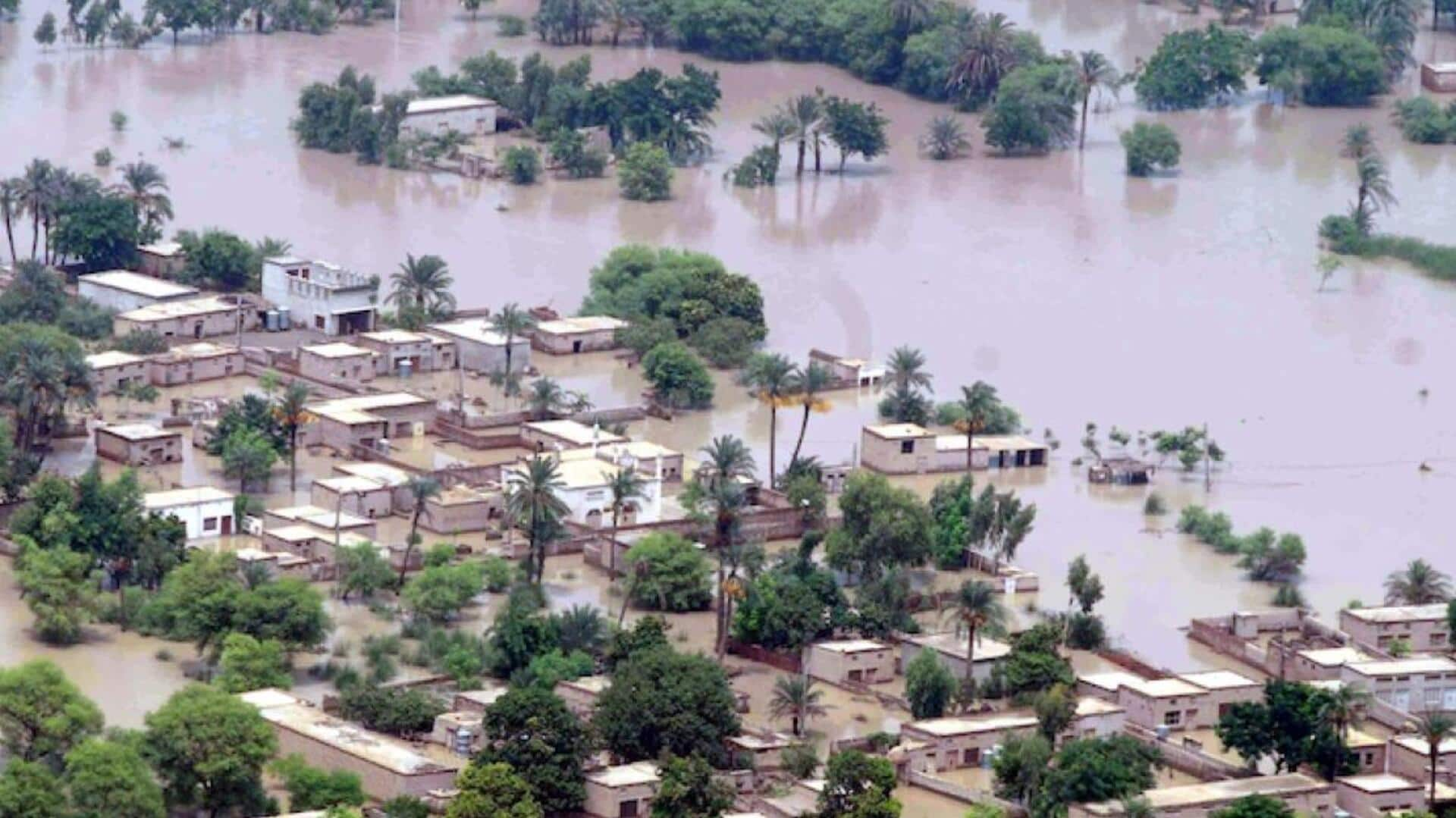
Global infra suffers $300B+ annual losses due to climate change
What's the story
The Coalition for Disaster Resilient Infrastructure (CDRI) recently released a report, showing that the global annual average loss (AAL) in major infrastructure sectors due to disasters and climate change is between $301 and $330 billion. When factoring in health, education infrastructure, and building stock, this number jumps to a staggering $732-845 billion. Shockingly, almost half of this burden falls on low-and-middle-income countries (LMICs), which are already grappling with ill-prepared systems to handle climate change and rapid technological advancements.
Details
Impact of climate change on global AAL
According to the CDRI report, geological hazards account for 30% of the total global AAL, while climatic hazards make up the remaining 70%. Climate change is expected to significantly increase the AAL, with high-income countries facing an 11% increase, middle-income countries a 12-22% increase, and low-income countries a whopping 33% increase. Countries with large infrastructure deficits, weak governance, low fiscal capacity, and limited private investment will be hit hardest by climate change.
What Next?
Hydropower generation affected by climate change
In countries where hydropower is the primary energy source, climate change could drastically alter their AAL. For example, the relative AAL of hydropower production in Lesotho could jump from 12.8% to 34.8%, and in Costa Rica from 6.8% to 32.4%. On the other hand, Paraguay could see a decrease from 4.0% to 1.5%, and Norway from 1.7% to 0.4%.
Insights
Unequal distribution of infrastructure investments
Over the past 50 years, massive investments in infrastructure have not been evenly distributed. High-income countries boast a per capita value of the capital stock of $200,000, compared to $37,000 in upper-middle-income countries, $8,000 in LMICs, and a mere $3,000 in low-income countries. Public and private investment in low-income countries has consistently lagged behind middle and high-income countries, exacerbating the gaps in infrastructure investment and increasing global inequities.
Facts
Challenges faced by low-income countries
Low-income countries face an uphill battle in public capital investment to address infrastructure deficits, maintain existing infrastructure, and transition to net zero while enhancing asset and service resilience. Additionally, they encounter difficulties in attracting private investment, with a staggering 80% of private infrastructure investments directed toward high-income countries in 2021. Investments per capita in North America and Europe are 57 and 41 times greater than in Sub-Saharan Africa.
Insights
Pandemic and climate change: A dual challenge
The COVID-19 pandemic has exacerbated climate change challenges. Heatwaves demand additional power generation, extreme rainfall necessitates improved stormwater drainage, and extreme drought disrupts water supplies, triggering displacement and migration from rural areas. Rapid shifts in service provision, such as the transition to electric mobility, require new infrastructure investments while leaving behind stranded assets.